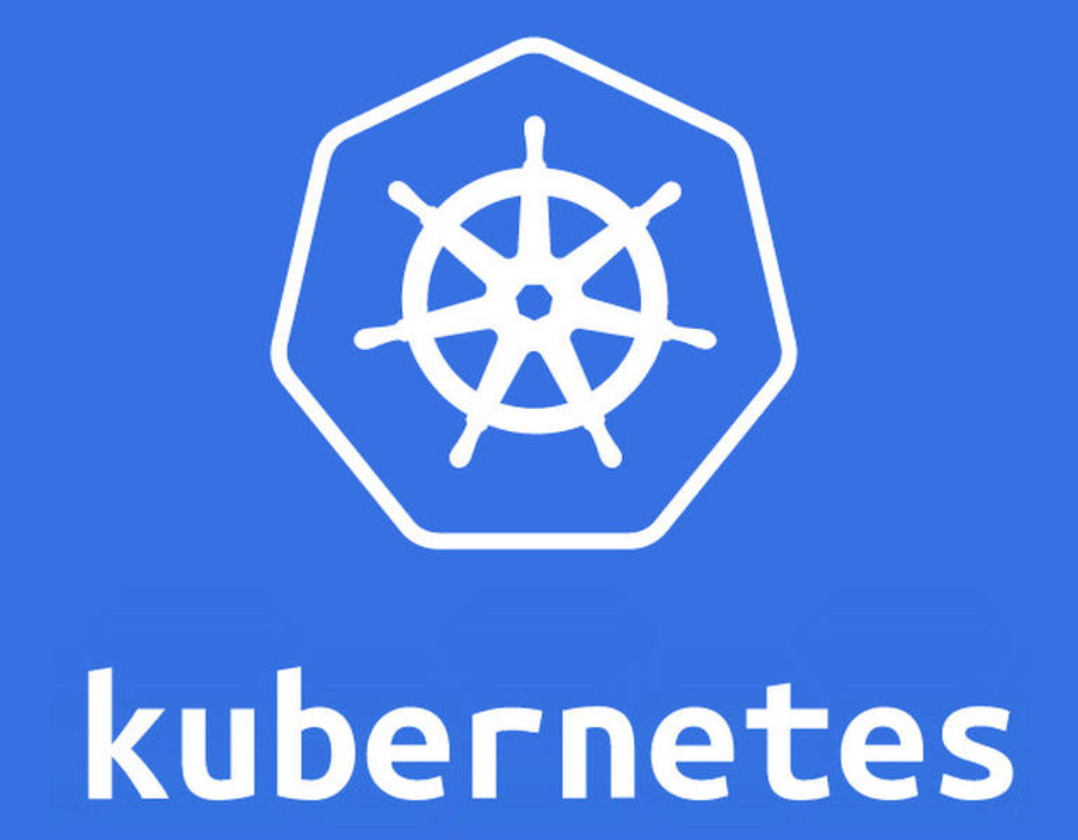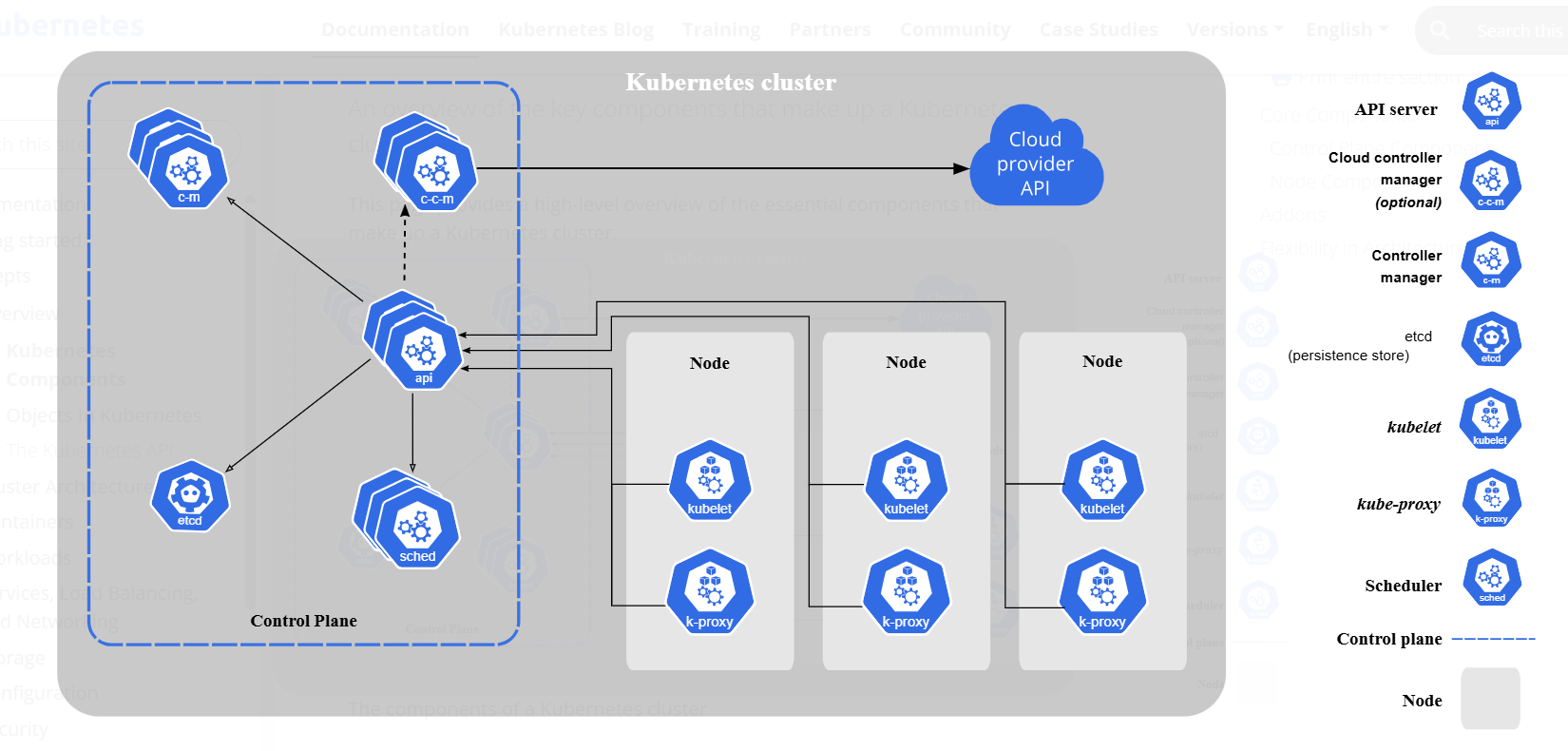Kubernetes(K8s)
 Pramith Bhashitha
Pramith Bhashitha
what is K8s?
Kubernetes is a portable, extensible, open source platform for managing containerized workloads and services, that facilitates both declarative configuration and automation. It has a large, rapidly growing ecosystem. Kubernetes services, support, and tools are widely available.
what we can do with K8s?
self-healing - Kubernetes restarts containers that fail, replaces containers, kills containers that don't respond to your user-defined health check, and doesn't advertise them to clients until they are ready to serve.
horizontal scaling - Scale your application up and down with a simple command, with a UI, or automatically based on CPU usage.
automated rollouts and rollbacks - You can describe the desired state for your deployed containers using Kubernetes, and it can change the actual state to the desired state at a controlled rate. For example, you can automate Kubernetes to create new containers for your deployment, remove existing containers and adopt all their resources to the new container.
service discovery and load balancing - Kubernetes can expose a container using the DNS name or using their own IP address. If traffic to a container is high, Kubernetes is able to load balance and distribute the network traffic so that the deployment is stable.
secret and configuration management - Kubernetes lets you store and manage sensitive information, such as passwords, OAuth tokens, and SSH keys. You can deploy and update secrets and application configuration without rebuilding your container images, and without exposing secrets in your stack configuration.
Architecture of K8s

Kubernetes architecture includes two main parts as control plane and data plane(includes worker nodes). we are going to deep dive about components under the control plane and worker nodes.
Control plane components
kube-apiserver :- The core component server that exposes the Kubernetes HTTP API
etcd :- Consistent and highly-available key value store for all API server data
kube-scheduler :- Looks for Pods not yet bound to a node, and assigns each Pod to a suitable node.
kube-control-manager :- Runs controllers to implement Kubernetes API behavior.
cloud control manager :- Integrates with underlying cloud provider(s).
Worker node components
kubelet :- Ensures that Pods are running, including their containers.
kubeproxy :- Maintains network rules on nodes to implement services.
container run time :- Software responsible for running containers.
K8s production systems
we use kops for k8s productions systems alternatively we can also use EKS and AKS.
What is kops?
We like to think of it as kubectl for clusters.
kops will not only help you create, destroy, upgrade and maintain production-grade, highly available, Kubernetes cluster, but it will also provision the necessary cloud infrastructure.
AWS (Amazon Web Services) and GCP (Google Cloud Platform) are currently officially supported, with DigitalOcean, Hetzner and OpenStack in beta support, and Azure in alpha.
K8s objects
Pods
Pods are the smallest deployable units of computing that you can create and manage in Kubernetes.
Deployments
A Deployment manages a set of Pods to run an application workload, usually one that doesn't maintain state.
ReplicaSet
A ReplicaSet's purpose is to maintain a stable set of replica Pods running at any given time. Usually, you define a Deployment and let that Deployment manage ReplicaSets automatically.
DaemonSet
A DaemonSet defines Pods that provide node-local facilities. These might be fundamental to the operation of your cluster, such as a networking helper tool, or be part of an add-on.
StatefulSet
A StatefulSet runs a group of Pods, and maintains a sticky identity for each of those Pods. This is useful for managing applications that need persistent storage or a stable, unique network identity.
Jobs
A Job creates one or more Pods and will continue to retry execution of the Pods until a specified number of them successfully terminate.
CronJob
CronJob is meant for performing regular scheduled actions such as backups, report generation, and so on.
ReplicationController
A ReplicationController ensures that a specified number of pod replicas are running at any one time. In other words, a ReplicationController makes sure that a pod or a homogeneous set of pods is always up and available.
K8s services
Service types
- ClusterIP
Exposes the Service on a cluster-internal IP. Choosing this value makes the Service only reachable from within the cluster. This is the default that is used if you don't explicitly specify a type for a Service. You can expose the Service to the public internet using an Ingress or a Gateway.
- NodePort
Exposes the Service on each Node's IP at a static port (the NodePort). To make the node port available, Kubernetes sets up a cluster IP address, the same as if you had requested a Service of type: ClusterIP.
- LoadBalancer
Exposes the Service externally using an external load balancer. Kubernetes does not directly offer a load balancing component; you must provide one, or you can integrate your Kubernetes cluster with a cloud provider.
Subscribe to my newsletter
Read articles from Pramith Bhashitha directly inside your inbox. Subscribe to the newsletter, and don't miss out.
Written by

Pramith Bhashitha
Pramith Bhashitha
I thrive on transforming manual processes into efficient automated workflows using tools like Docker, Kubernetes, Jenkins, and Ansible. My expertise lies in enhancing productivity by delivering high-quality, mission-critical software with speed and precision.